Commercial van market returned to growth in August

The UK’s new light commercial vehicle (LCV) market returned to growth in August, rising 1.7% to record the best performance for the month since 2021 after two months of decline. According to the latest figures from the Society of Motor Manufacturers and Traders (SMMT), 16,575 vans, 4x4s, pickups and taxis joined the road in what […]
SMMT calls for new incentive plan to grow UK’s zero emission truck fleet
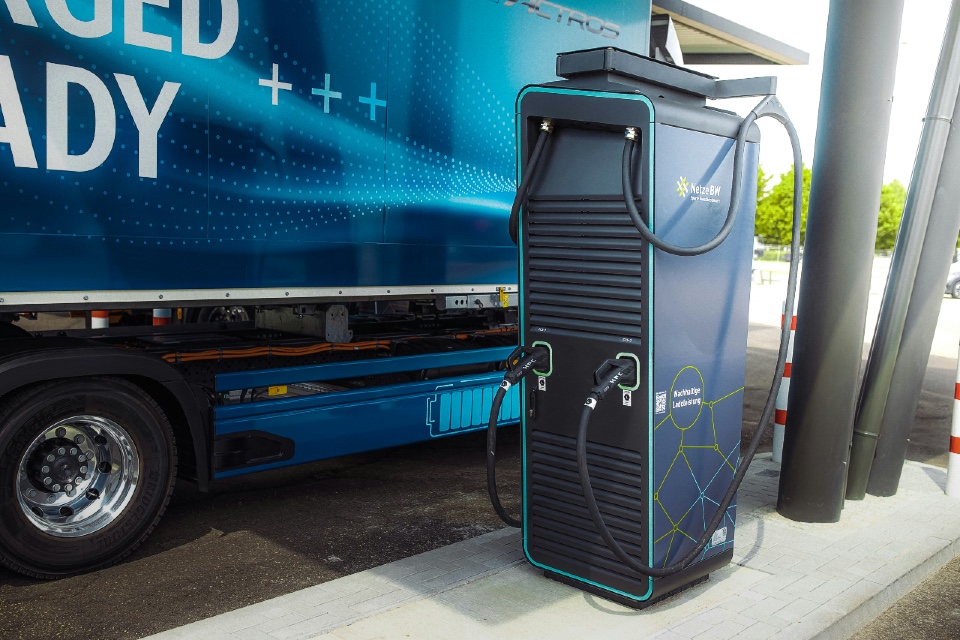
The UK Government should reform its ‘dated’ Plug-in Truck Grant to reflect the progress made by the sector in developing new zero emission truck technology and help cut CO2 by 18.8 million tonnes a year, according to calls from the Society of Motor Manufacturers and Traders (SMMT). The SMMT cites ONS data that shows that […]
Used EV sales up, but overall demand for second-hand cars falls
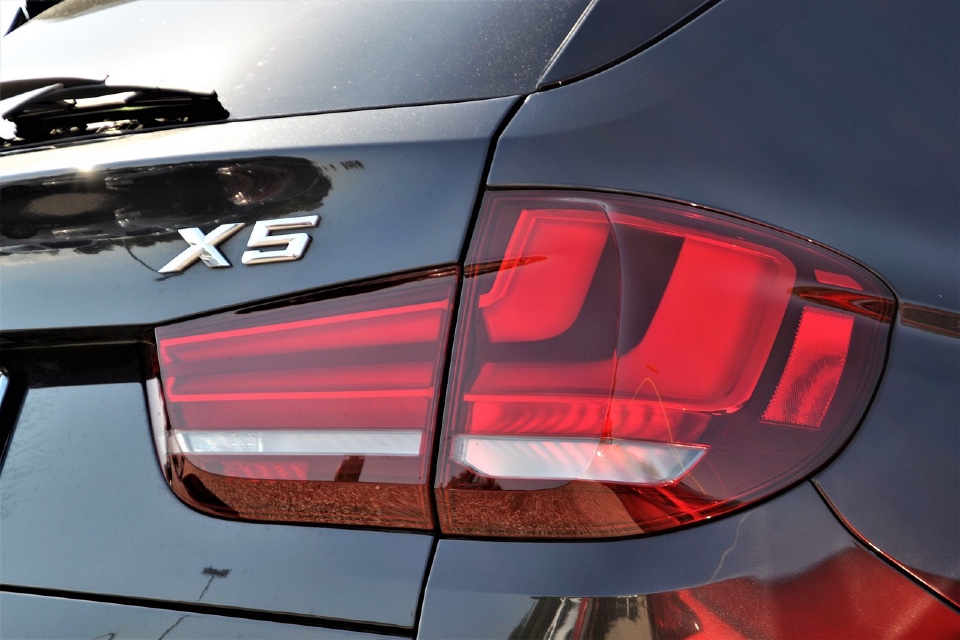
The UK’s used car market declined in 2022, down -8.5% to 6,890,777 transactions, according to the latest figures published by the Society of Motor Manufacturers and Traders (SMMT). The performance saw 640,179 fewer vehicles changing hands than in 2021, and remains -13.2% off 2019’s pre-pandemic total, as the squeeze on new car supply – primarily […]
SMMT: UK car production down a fifth in 1H22 though shortages ease

UK car production declined -19.2% in the first six months of the year, according to figures published today by the Society of Motor Manufacturers and Traders (SMMT), with 95,792 fewer vehicles built compared with the same period in 2021. 403,131 units were built, representing the weakest first half since the pandemic-ravaged 2020 and worse than […]
Supply chain issues see new car sales slump in May
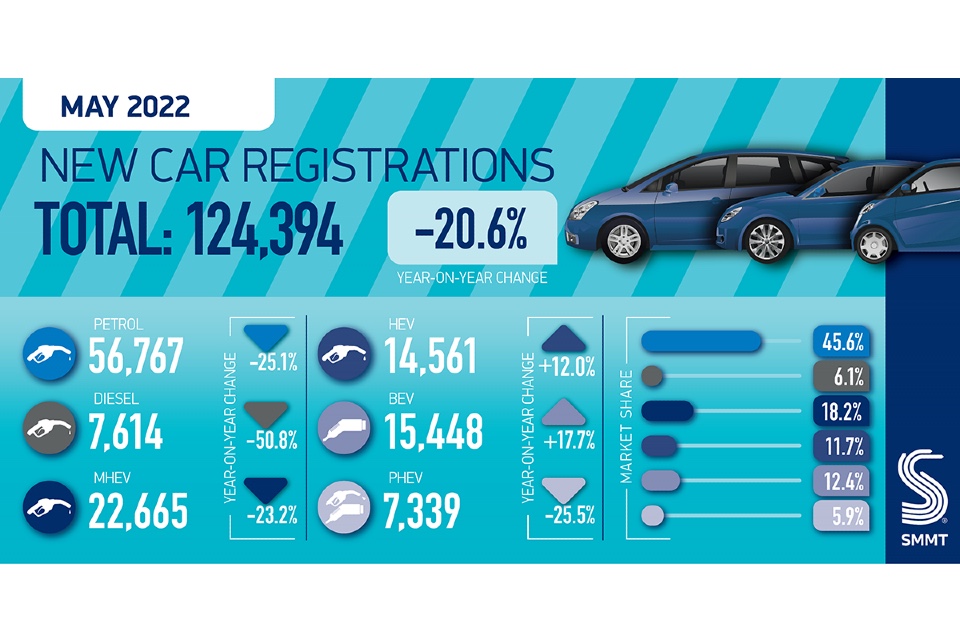
New UK car registrations fell -20.6% to 124,394 units in the second weakest May since 1992, after the 2020 pandemic-hit market, as supply shortages continued to hamper new purchases and the fulfilment of existing orders, according to the latest figures from the Society of Motor Manufacturers and Traders (SMMT). The decline, compared with the first […]
SMMT calls for binding targets for chargepoint rollout as demand for EVs surges
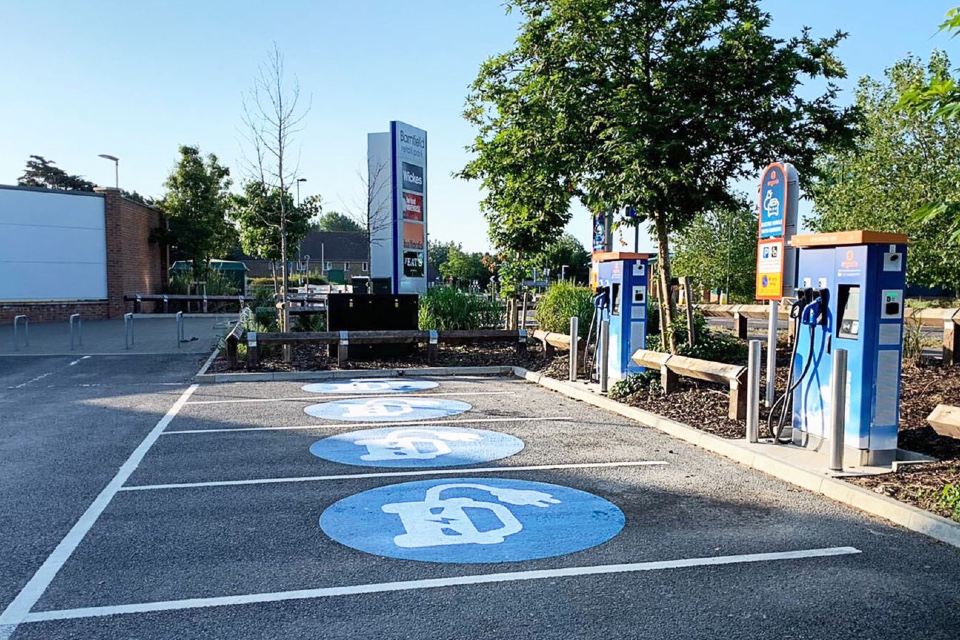
The Society of Motor Manufacturers and Traders (SMMT) has published a seven-point plan calling for binding targets regarding the rollout of charging infrastructure across the UK. This nationally coordinated plan has been put forward to ensure every driver in Britain can benefit from an EV charging network that is affordable, available, and accessible Charging companies […]
Grey is the colour… again!
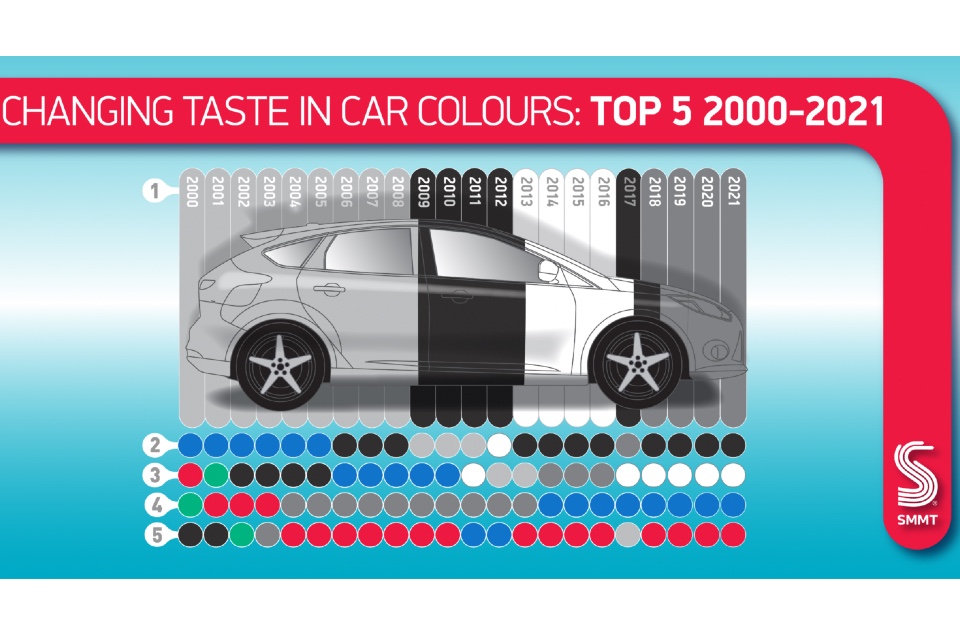
British drivers doubled down on their preference for monochrome cars in 2021, with grey increasing its dominance as the UK’s favourite new car colour for the fourth year in a row, according to figures published today by the Society of Motor Manufacturers and Traders (SMMT). During a year of pandemic-related disruptions impacting total new car […]
COVID stalls 2021 UK new car market but EV sales strong
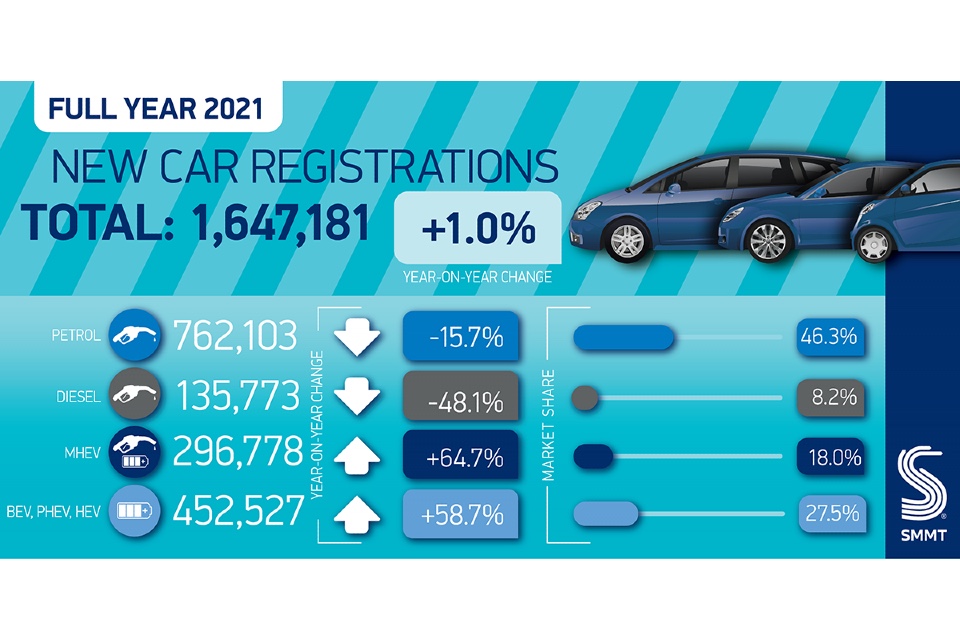
2021 new car registrations grew by just 1% on a pandemic-ravaged 2020, as 1.65 million new cars entered the UK market, according to figures released by the Society of Motor Manufacturers and Traders (SMMT). The figures underline the ongoing impact of Covid and the semiconductor shortage on the industry, with the market down -28.7% on […]
EV sales skyrocket: More EVs registered in 2021 than previous decade

By Ben Hubbard, WhichEV According to the latest data from the Society of Motor Manufacturers and Traders (SMMT), more electric vehicles will be registered in 2021, than in the whole of the previous decade. Between 2010 and 2019, a total of 271,962 BEVs and PHEVs were registered, while in 2021 alone the SMMT forecasts that […]
UK van sales down 4.6% in October
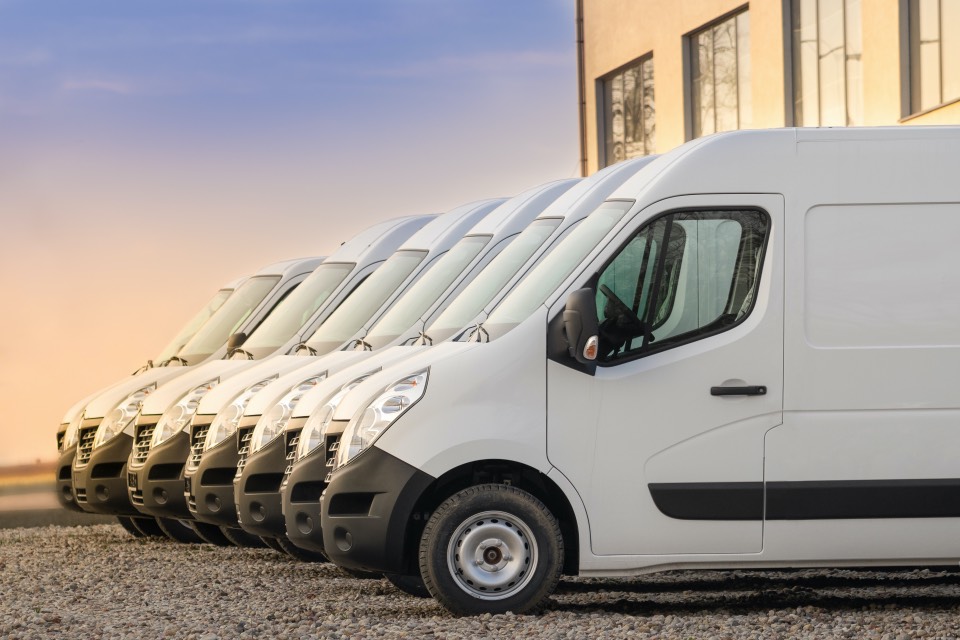
The light commercial vehicle (LCV) market declined marginally by -4.6%, in October, with 27,420 vans registered according to the latest figures released today by the Society of Motor Manufacturers and Traders (SMMT). Despite this representing the second consecutive month of decline – albeit not as steep a fall as in September – the sector remains […]


